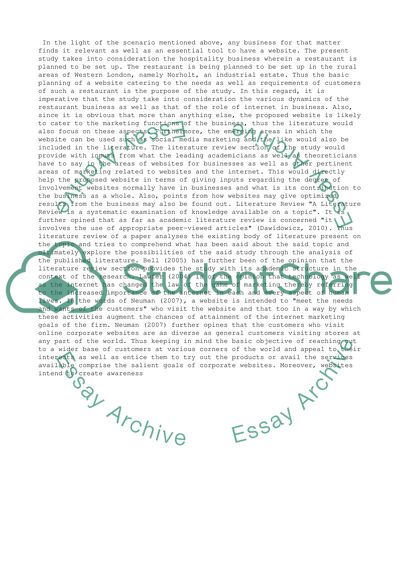Cite this document
(“The need for a website: Research, reading and literature review Essay”, n.d.)
The need for a website: Research, reading and literature review Essay. Retrieved from https://studentshare.org/business/1403320-research-reading-and-literature-review
The need for a website: Research, reading and literature review Essay. Retrieved from https://studentshare.org/business/1403320-research-reading-and-literature-review
(The Need for a Website: Research, Reading and Literature Review Essay)
The Need for a Website: Research, Reading and Literature Review Essay. https://studentshare.org/business/1403320-research-reading-and-literature-review.
The Need for a Website: Research, Reading and Literature Review Essay. https://studentshare.org/business/1403320-research-reading-and-literature-review.
“The Need for a Website: Research, Reading and Literature Review Essay”, n.d. https://studentshare.org/business/1403320-research-reading-and-literature-review.


